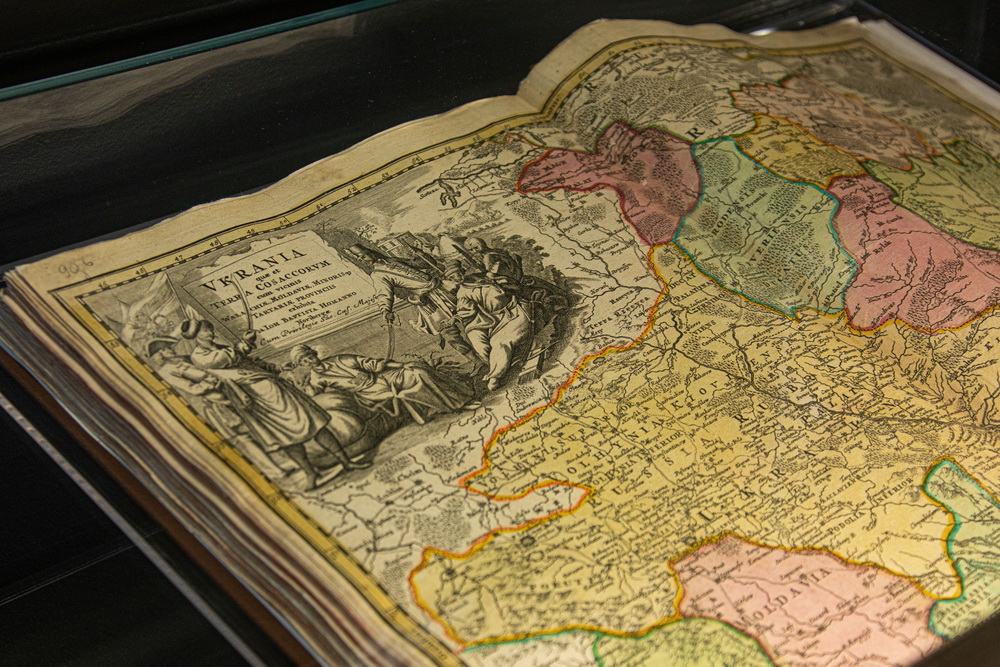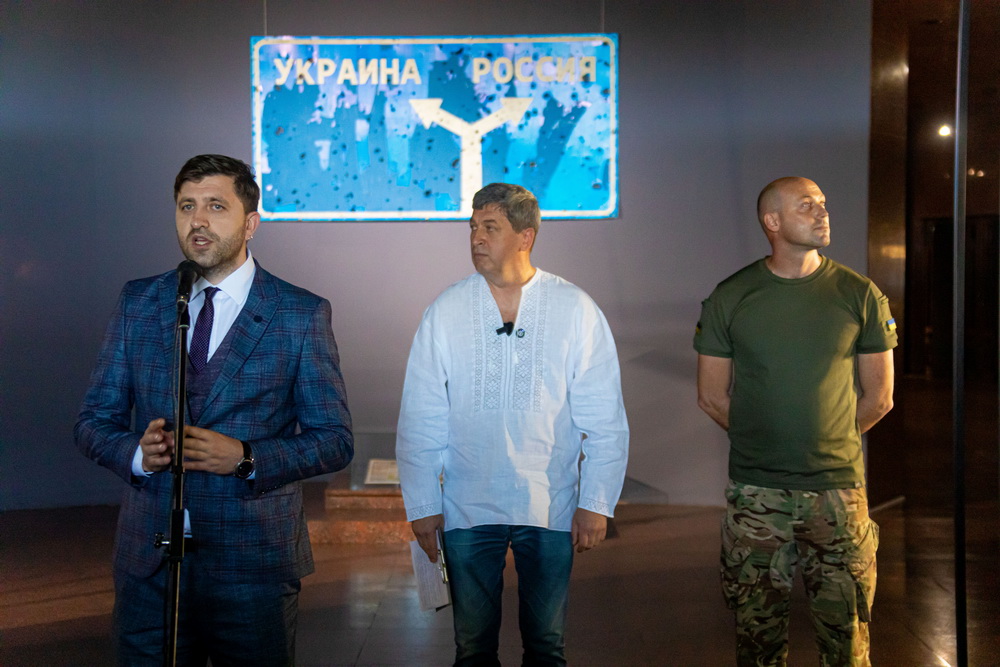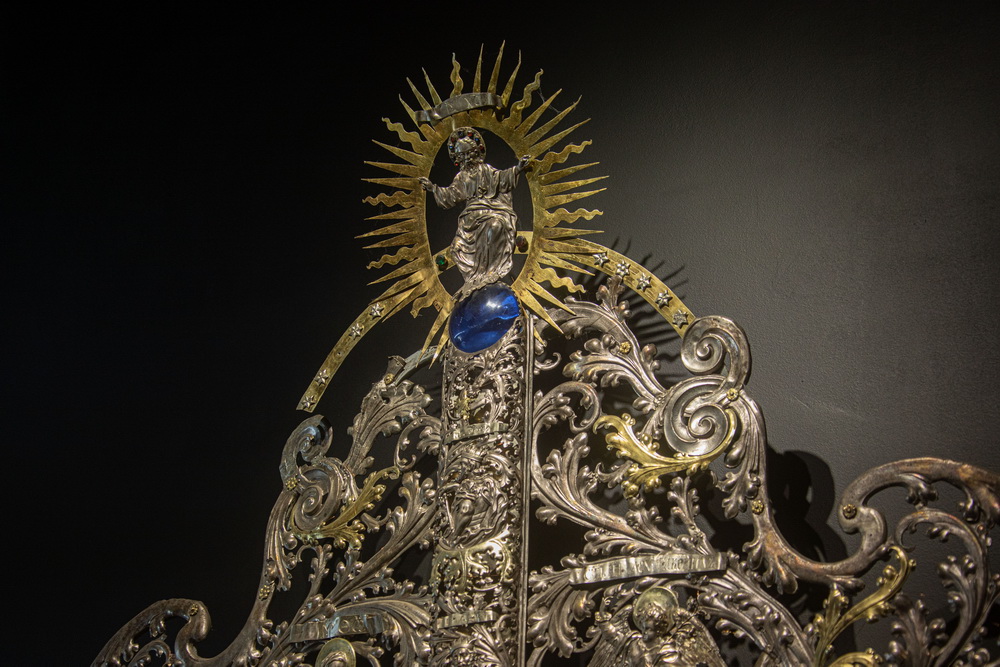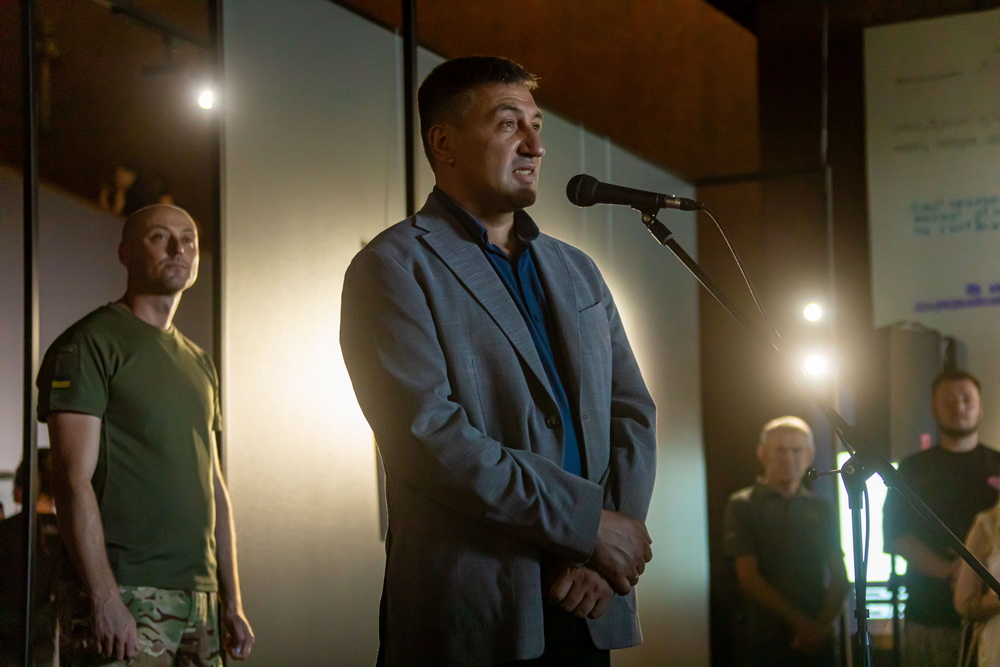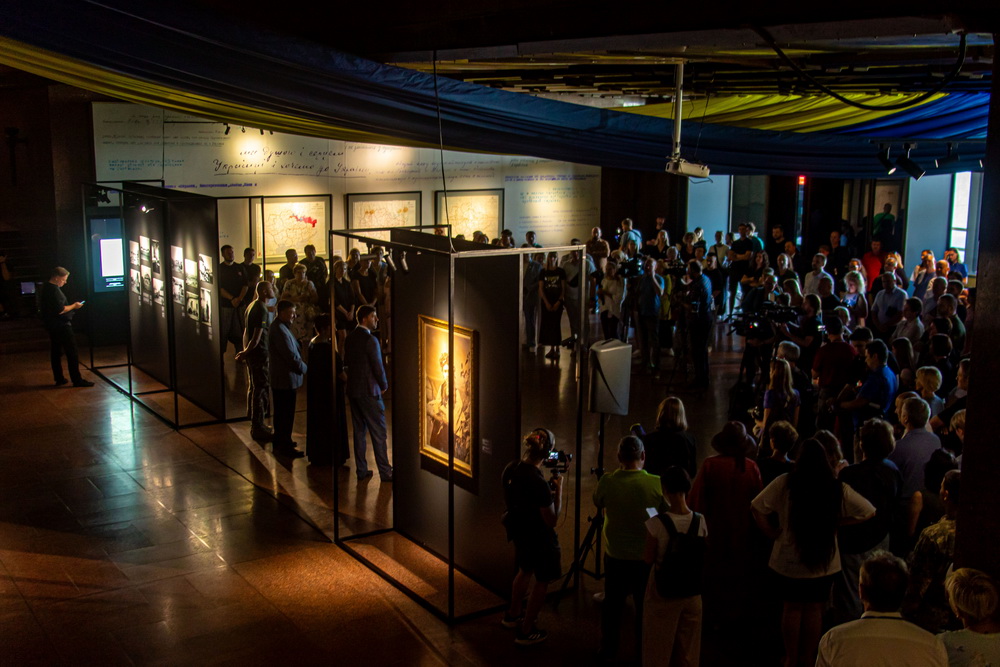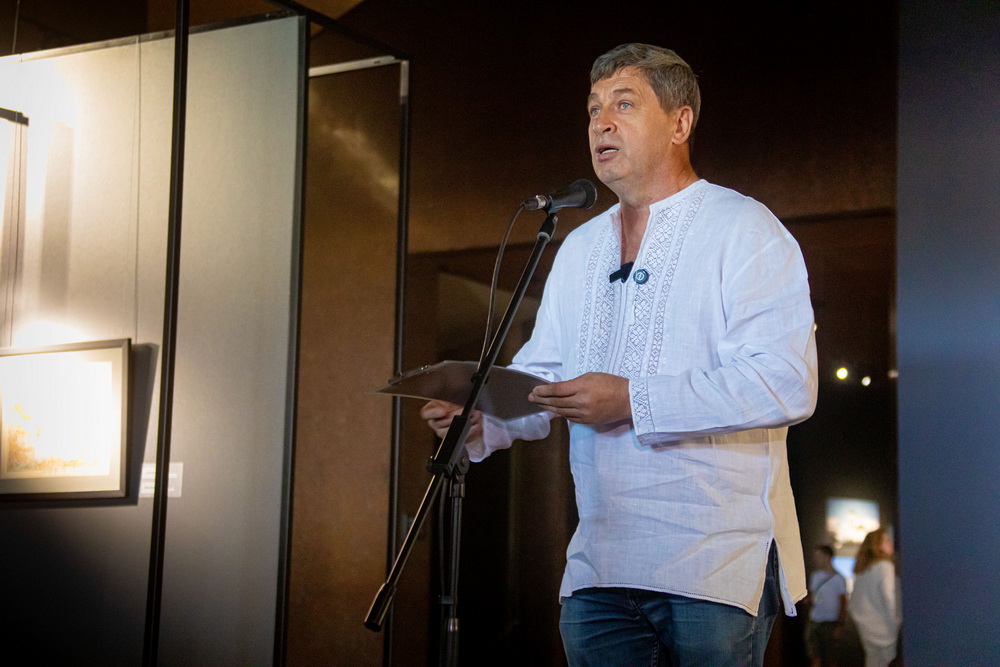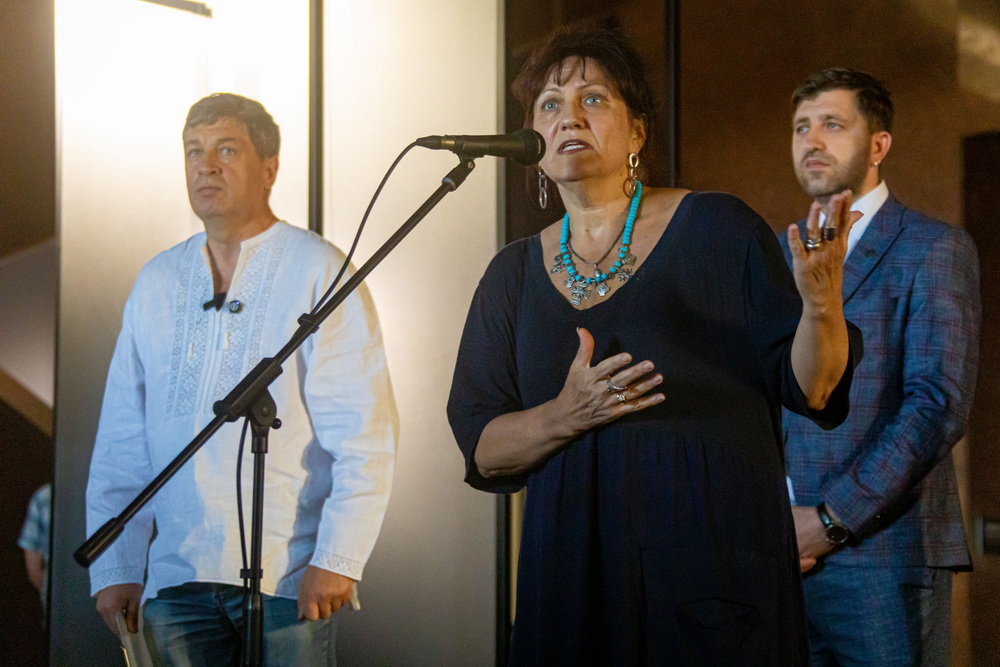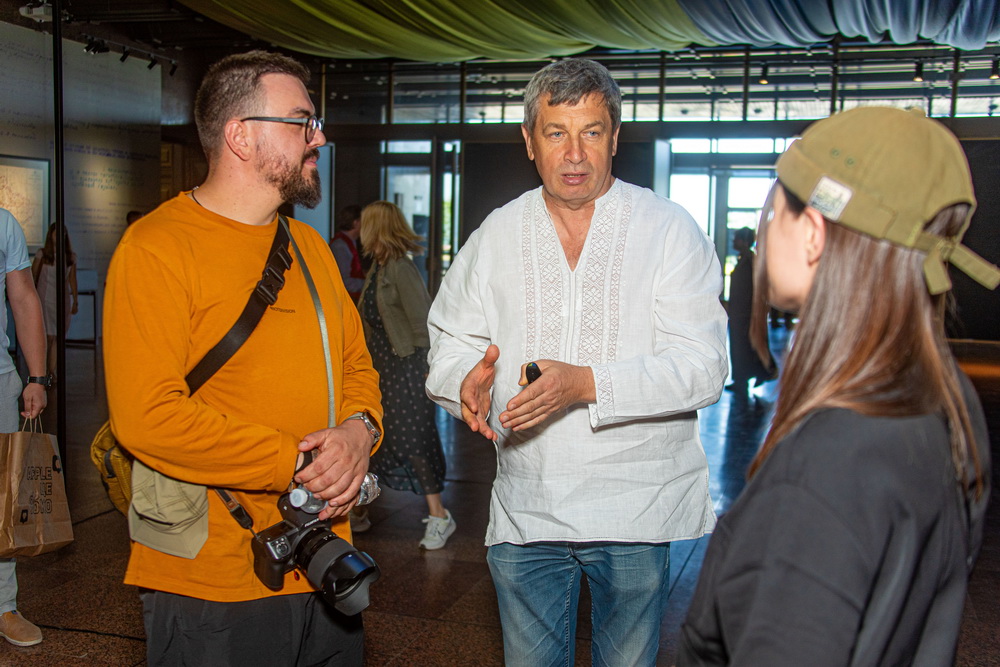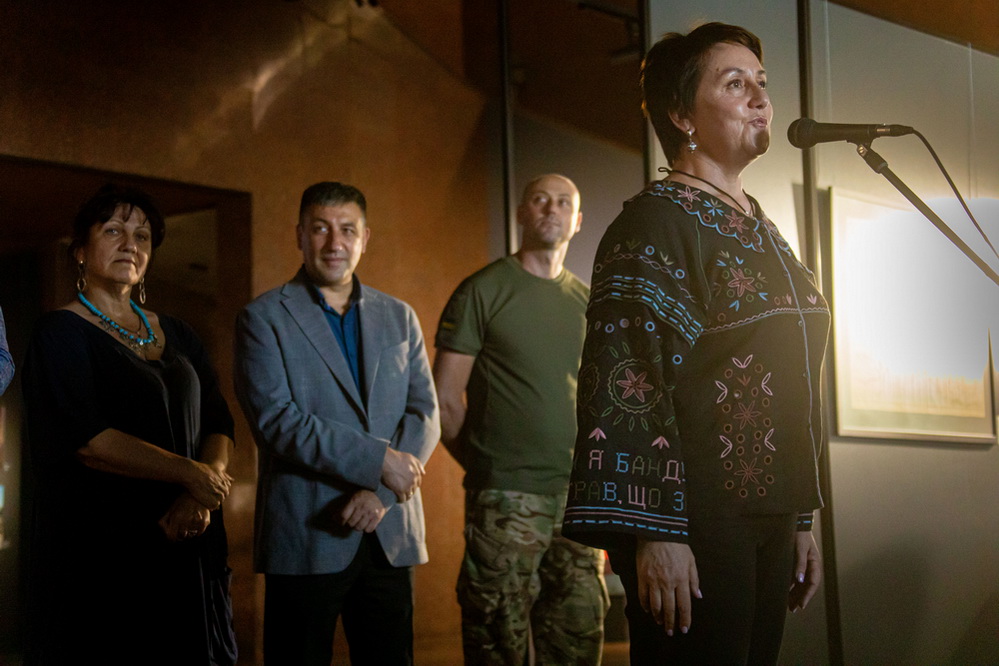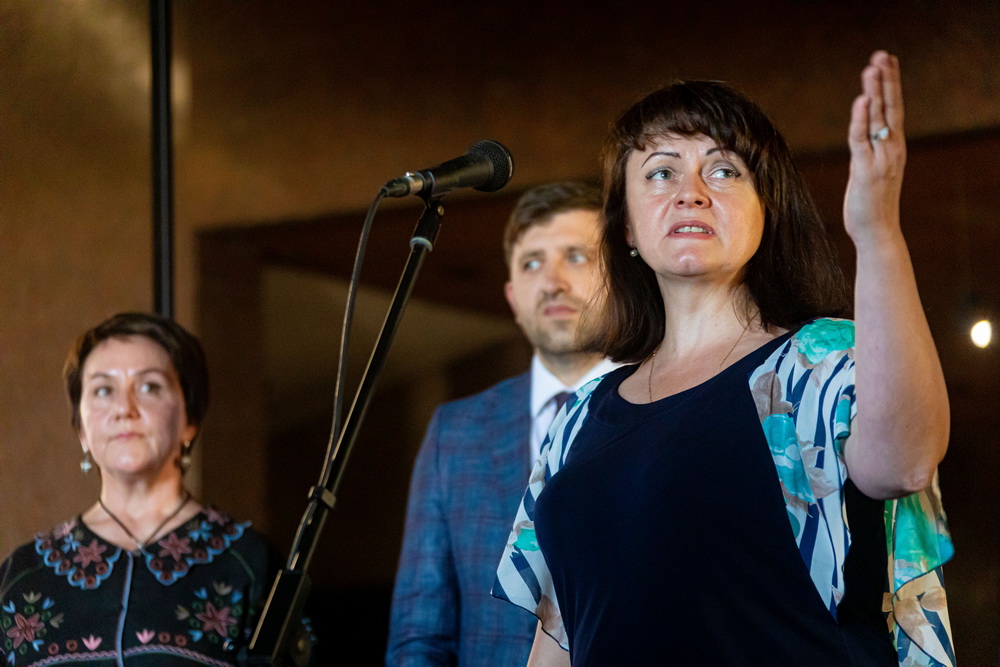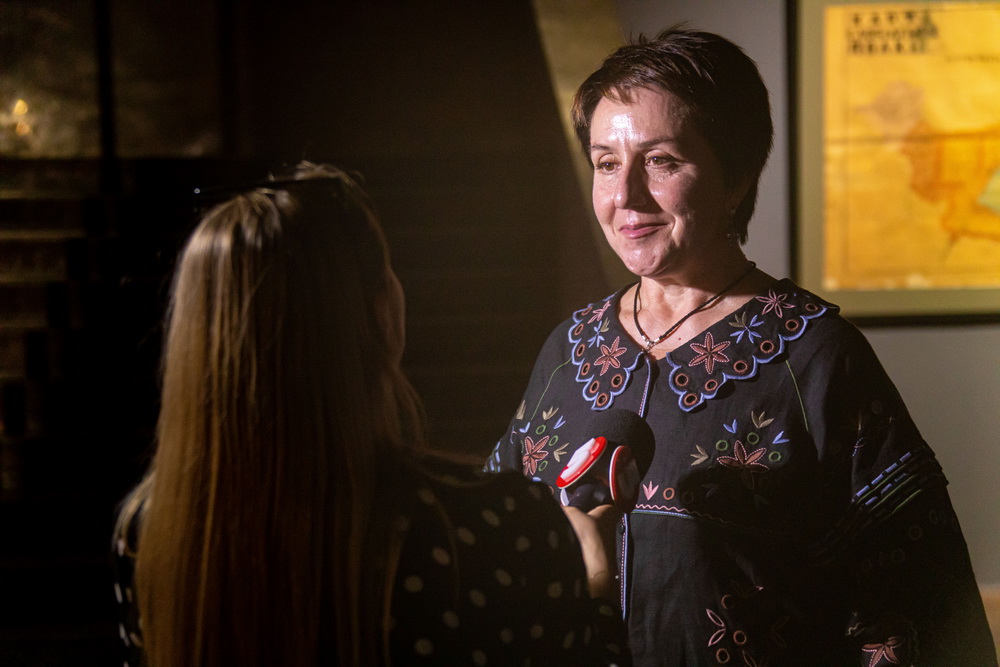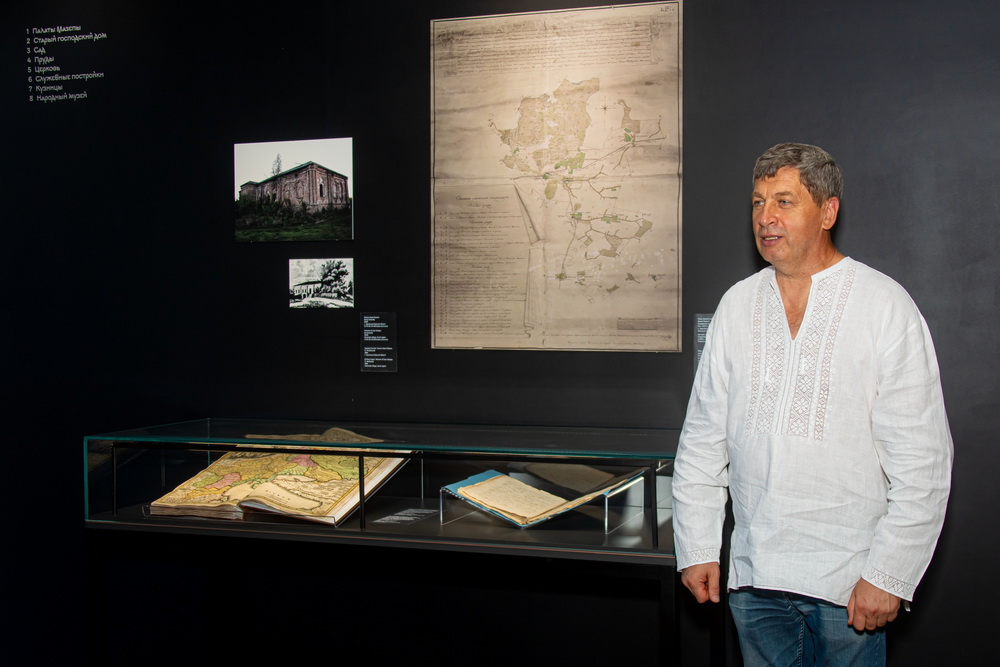On September 6, the War Museum opened the exhibition "...beyond the borders of our native land." This exhibition tells about the current course of the russian-Ukrainian war, in particular outside Ukraine’s territory. It also forms a historical portrait of the Sloboda Ukraine region based on artifacts from the 18th and 20th centuries.
At the opening ceremony, the Museum’s Director General, Yurii Savchuk, spoke about the idea of the exhibition: "The Armed Forces of Ukraine have launched a defense operation in the Kursk region of russia. On the tenth day of the operation, our team set off on the museum expedition to the Ukrainian-russian border to document the events of this special part of the frontline. What we saw there prompted us to create the project that we are presenting exactly one month after the start of the defense operation of our Armed Forces."
The exhibition and the expedition would not have been possible without the support of our military. The Central Department of Civil-Military Cooperation of the General Staff of the Armed Forces of Ukraine is a reliable partner of the Museum. Its head, Colonel Oleksandr Kutkov, delivered a welcoming speech. We are sure that together, we will implement many more successful projects.
The museum exhibition is primarily illustrated with materials from state archives. Anatolii Khromov, head of the State Archival Service of Ukraine, who was invited to speak, emphasized that Presidential Decree No. 17/2024 of January 22, 2024, "On the Territories of the Russian Federation Historically Inhabited by Ukrainians" prompted researchers to work on a large array of historical sources that show that our military is currently aligning the frontline along the border of the Sumy Sloboda Cossack Regiment, which is ethnic Ukrainian land.
Yaroslav Fayzulin, the head of the Central State Historical Archives of Ukraine in Kyiv, spoke about the history of the settlement of the southern lands of the present-day Kursk region. The exhibition features maps and a statement about the founding of the town of Sudzha during this period.
The Central State Archives of Supreme Bodies of Power and Government of Ukraine provided excerpts from the minutes of the popular will of 1924-1925, which recorded the communities’ desire to reunite with Ukraine. The institution’s director, Larysa Levchenko, said that we are restoring the historical memory of the lands that were restricted in their rights to be part of Ukraine.
Two museums quickly collaborated to create an exhibition in a very short amount of time.
The National Architectural and Historical Reserve "Chernihiv the Ancient" presented Hetman Ivan Mazepa’s contribution to the development of the Kursk region. "Thanks to the implementation of this project, a map of the Hetman’s local possessions was included in the Museum Fund of Ukraine," said Natalia Rebrova, the Reserve’s Director General.
Olha Soshnikova, head of the Kharkiv Historical Museum, emphasized preserving ethnographic materials from the Sloboda Ukraine region. The institution’s founder, Mykola Sumtsov, laid the foundation for the scientific study of the area. Now, we can trace the characteristic standard features, such as clothing, between different districts of Sloboda Ukraine.
A separate part of the project is called "Edge." It is a selection of 26 out of 6665 photographs by museum photographer Roman Pupenko from the expedition from August 15 to 19, 2024. This report provides a current snapshot of life in the border villages of the Kursk region and the city of Sudzha, as well as the transfer of the war to the territory of the aggressor state.
The presentation ended with a curatorial tour by the Museum’s Director General Yurii Savchuk.
Visit the War Museum, see the exhibition "...beyond the borders of our native land," and learn more about the historical portrait of the Sloboda Ukraine region.
